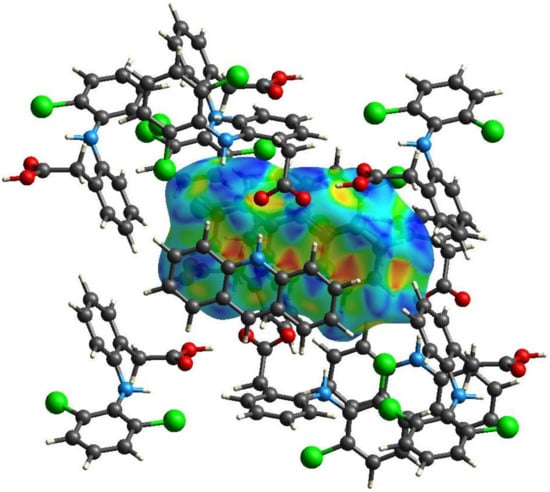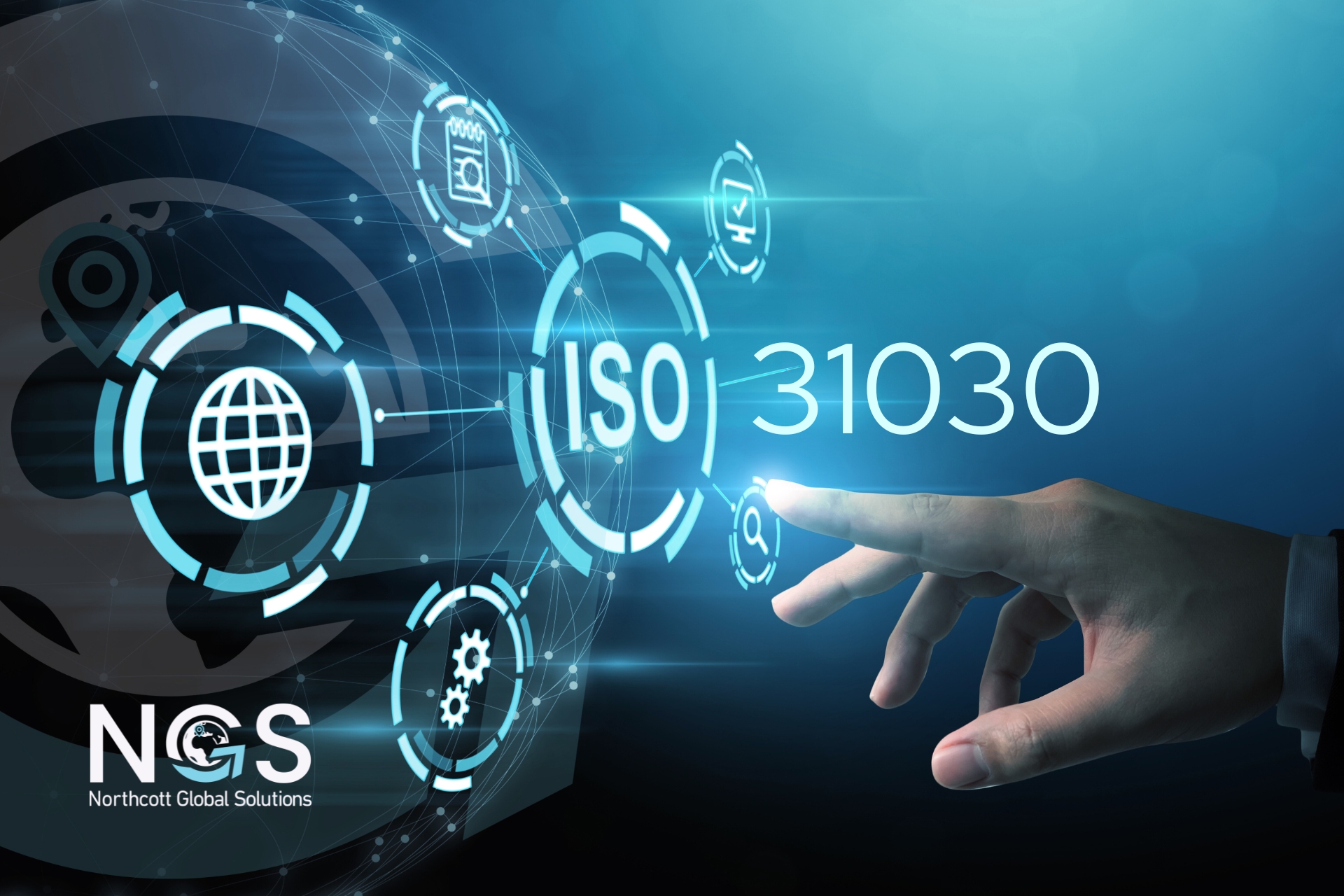The Role Of Orbital Space Crystals In The Pharmaceutical Industry's Future

Table of Contents
Unique Properties of Orbital Space Crystals for Pharmaceutical Applications
The microgravity environment of space offers unique advantages for crystal growth, leading to superior pharmaceutical products. This section delves into the specific properties that make orbital space crystals so promising.
Microgravity's Impact on Crystal Growth
The absence of significant convection currents in microgravity profoundly impacts crystal growth. This results in:
- Superior crystal quality: Reduced convection minimizes defects and imperfections within the crystal lattice, leading to higher purity and better structural uniformity.
- Larger and more uniform crystals: The absence of sedimentation allows for the growth of larger crystals with a more consistent size and shape, improving handling and processing.
- Potential for improved drug efficacy and purity: Higher purity and better crystal structure translate to improved drug efficacy, bioavailability, and reduced side effects.
Terrestrial crystal growth is often hampered by sedimentation and other gravitational effects that distort crystal lattices and introduce impurities. Microgravity eliminates these limitations, allowing for the growth of crystals with superior properties. Experiments aboard the International Space Station (ISS) have already demonstrated the significant improvement in crystal quality achievable in space, particularly for protein crystals used in drug discovery and development.
Novel Crystal Structures and Properties
The unique environment of space can lead to the formation of crystal structures and polymorphs unattainable on Earth. This opens exciting possibilities:
- Discovery of new crystal polymorphs: Different crystal structures (polymorphs) can exhibit dramatically different properties, impacting drug solubility, stability, and bioavailability. Space-based growth may yield novel polymorphs with superior characteristics.
- Unique optical and electronic properties: Some space-grown crystals exhibit unique optical and electronic properties, paving the way for advanced drug delivery systems and diagnostic tools. For example, precisely controlled crystal structures could enhance the targeted delivery of drugs to specific tissues or organs.
- Potential for targeted drug delivery systems: The ability to create crystals with specific surface modifications in microgravity offers significant potential for developing targeted drug delivery systems, maximizing therapeutic efficacy while minimizing side effects.
Challenges and Limitations of Space-Based Crystal Growth
While the potential benefits are considerable, several challenges must be overcome to make space-based crystal growth a viable and cost-effective pharmaceutical manufacturing method.
Cost and Logistical Barriers
The high cost associated with space missions presents a significant hurdle:
- High launch costs: Transporting equipment and materials to orbit remains expensive, significantly impacting the overall cost of production.
- Complex infrastructure requirements: Establishing and maintaining a fully functional crystal growth facility in space requires complex infrastructure and specialized equipment.
- Difficulties in sample return and analysis: Retrieving samples from orbit and performing thorough analysis on Earth adds to the complexity and cost.
However, ongoing research focuses on developing more efficient and cost-effective space-based manufacturing techniques. Reusable launch vehicles and advancements in automation are slowly addressing these logistical challenges.
Technological Hurdles and Automation
Developing reliable and autonomous systems for space-based crystal growth presents significant technological challenges:
- Development of fully automated crystal growth systems: Creating fully automated systems capable of operating reliably in the harsh environment of space is crucial for reducing human intervention and operational costs.
- Robust monitoring and control systems for remote operation: Real-time monitoring and control are essential for optimizing crystal growth parameters remotely.
- Ensuring the reliability and safety of space-based processes: Space-based manufacturing must meet the highest standards of safety and reliability to ensure consistent, high-quality crystal production.
Recent breakthroughs in robotics and automation specifically designed for space applications offer significant promise in overcoming these technological barriers.
Future Applications and Potential Impacts on Drug Development
The successful implementation of space-based crystal growth holds immense potential to transform drug discovery and development.
Accelerated Drug Discovery and Development
The superior quality of space-grown crystals can significantly accelerate the drug development process:
- Faster prototyping of new drugs: The ability to quickly produce high-quality crystals allows for faster prototyping and testing of new drug candidates.
- Improved drug screening processes: Space-grown crystals can facilitate high-throughput screening, accelerating the identification of promising drug candidates.
- Potential for personalized medicine: The ability to tailor crystal properties could lead to the development of personalized medicine approaches, providing customized treatments based on individual patient needs.
Enhanced Drug Efficacy and Safety
Space-grown crystals have the potential to significantly improve the efficacy and safety of pharmaceuticals:
- Improved bioavailability: Higher purity and better crystal structure can lead to improved drug absorption and bioavailability.
- Reduced side effects: Improved crystal quality can minimize impurities and reduce the potential for adverse side effects.
- Increased therapeutic efficacy: Superior crystal properties can result in increased drug potency and therapeutic efficacy.
Conclusion
The utilization of orbital space crystals holds immense promise for revolutionizing the pharmaceutical industry. While challenges remain in terms of cost and technology, the potential benefits – faster drug development, enhanced drug efficacy, and improved patient outcomes – are significant enough to warrant continued investment and research in this exciting field. The superior quality, novel structures, and potential for targeted delivery offered by space-grown crystals represent a paradigm shift in pharmaceutical manufacturing.
Call to Action: Learn more about the ongoing advancements in the field of orbital space crystals and their role in shaping the future of pharmaceutical innovation. Let's explore the vast potential of orbital space crystals together and pave the way for a healthier tomorrow.

Featured Posts
-
 Informe Del Coe Situacion De Alerta En Provincias Dominicanas
May 23, 2025
Informe Del Coe Situacion De Alerta En Provincias Dominicanas
May 23, 2025 -
 Trouver L Assurance De Demain Le Recit De La Transformation De Maxine
May 23, 2025
Trouver L Assurance De Demain Le Recit De La Transformation De Maxine
May 23, 2025 -
 Freddie Flintoffs Comeback Healing From Trauma And Finding Purpose After A Horrific Accident
May 23, 2025
Freddie Flintoffs Comeback Healing From Trauma And Finding Purpose After A Horrific Accident
May 23, 2025 -
 Flintoffs Story New Documentary Premiering On Disney This Month
May 23, 2025
Flintoffs Story New Documentary Premiering On Disney This Month
May 23, 2025 -
 Big Rig Rock Report 3 12 And Laser 101 7 A Step By Step Breakdown
May 23, 2025
Big Rig Rock Report 3 12 And Laser 101 7 A Step By Step Breakdown
May 23, 2025
